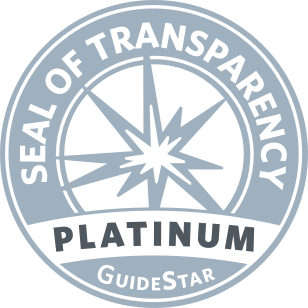Many people use complementary and alternative medicine (CAM) in pursuit of health and well-being. Selecting a health care practitioner is an important decision and can be essential to ensuring that you are receiving the best possible care. This article provides information on selecting a practitioner whose services are part of complementary and alternative medicine (CAM), such as acupuncture, chiropractic, and naturopathy.
What is CAM
CAM is a group of diverse medical and health care systems, practices, and products that are not generally considered part of conventional medicine.
Conventional medicine is medicine as practiced by holders of MD (medical doctor) or DO (doctor of osteopathic medicine) degrees and by their allied health professionals, such as physical therapists, psychologists, and registered nurses. Complementary medicine is used together with conventional medicine, and alternative medicine is used in place of conventional medicine. Integrative medicine combines conventional and CAM treatments for which there is evidence of safety and effectiveness.
It is always a good idea to discuss any health options you are considering, including CAM options, with your trusted health professionals. Before selecting a CAM therapy or practitioner, talk with all your health care providers. Tell them about the therapy you are considering and ask any questions you may have. They may know about the therapy and be able to advise you on its safety, use, and effectiveness, or possible interactions with medications.
Finding CAM Practitioners
Several resources are available to help you find CAM practitioners:
- Your doctor or other health care provider may be able to give a referral.
- A nearby hospital or a medical school may have a list of local CAM practitioners or may be able to make a specific recommendation. Some regional medical centers may have CAM centers or CAM practitioners on staff.
- Professional organizations for CAM therapists often provide referrals to practitioners as well as information on therapies, standards of practice and training, and state licensing requirements. These organizations can be located by searching the Internet or directories in libraries (ask the librarian). One source is the National Library of Medicine’s Directory of Health Organizations Online (dirline.nlm.nih.gov). Some professions may be represented by more than one organization.
- State regulatory agencies or licensing boards for health care professionals may provide information regarding practitioners in your area. Your state, county, or city health department may also refer you to such agencies or boards. Even if a friend recommends a CAM practitioner, or if you have found a practitioner through your local Yellow Pages, looking into the resources suggested above can give you confidence that you have considered all the best possibilities.
Choosing a Practitioner
As when choosing any health care provider, contact the practitioners you are considering to gather some basic information. Although you can do this over the phone, consider asking for a brief, in-person consultation (which may or may not involve a charge). Practitioners may also have a Web site or brochure. Before you make your contacts, think about what is important to you – what you need to know to make your decision. You might ask about:
- Education, training, licenses, and certifications. If you have information from a professional organization, compare the practitioner’s qualifications with the training and licensing standards for that profession.
- Areas of specialization, experience treating patients with problems similar to your own, and his or her philosophy of care.
- Any scientific research studies that support the treatment’s use for your condition.
- The number of patients the practitioner sees in a typical day and average time spent with each patient.
- Treatment costs, including charges per session, charges for canceled appointments, payment options, and participation in your insurance plan.
- Office hours, how far in advance you need to schedule an appointment and typical waiting time in the office.
- Office locations, for example, accessibility to public transportation, parking, and elevators.
- What to expect during the first visit or assessment. After making your contacts, think about how comfortable you felt during your initial conversations with the practitioners and their staff, and review the information they provided. How do they measure up in terms of what is most important to you? Now, you are ready to decide which practitioner will most likely meet your needs.
Insurance Coverage
If you have health insurance, it may not cover your CAM therapy. Even if it covers the therapy, you may have to pay for part of the cost. Before agreeing to any CAM treatment, ask your insurer what percentage of the cost, if any, will be covered. Also, find out whether the practitioner participates in your insurance plan.
For More Information
The NCCAM Clearinghouse provides information on NCCAM and complementary health approaches, including publications and searches of Federal databases of scientific and medical literature. The Clearinghouse does not provide medical advice, treatment recommendations, or referrals to practitioners. Web site: nccam.nih.gov.
Adapted from the National Center for Complementary and Alternative Medicine (NCCAM) Publication No. D346; the text of this article is not copyrighted Published in Digestive Health Matters, Vol. 21, No. 4.









